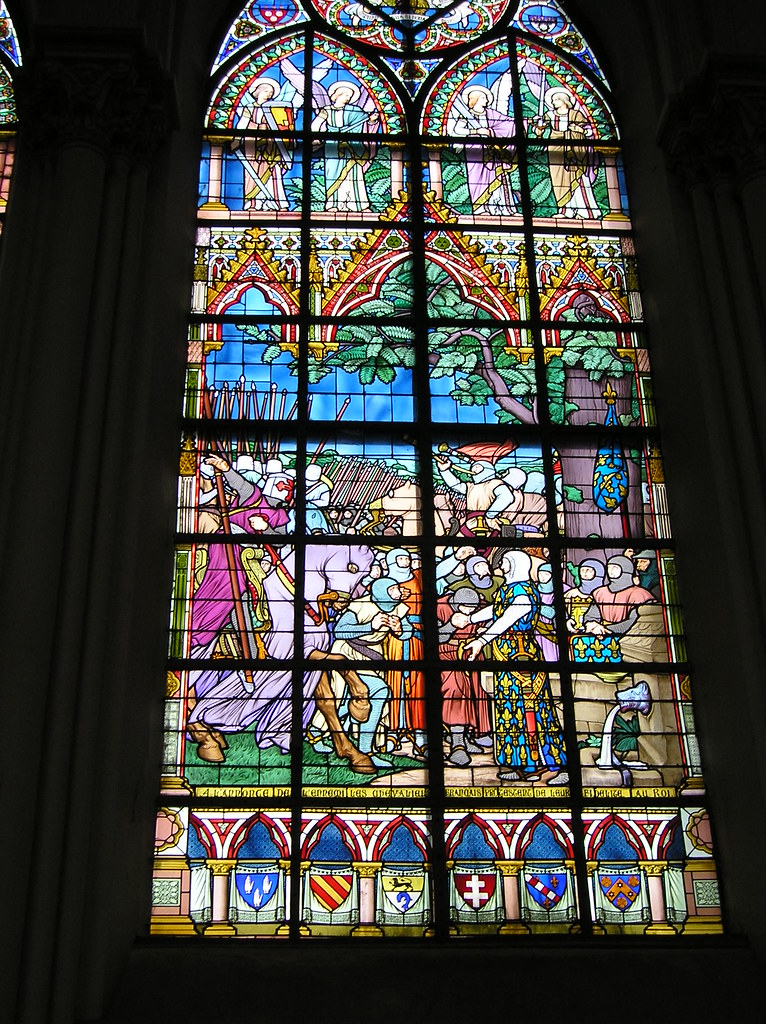Yesterday the Oxford Oratory celebrated the twenty fifth anniversary of the Ordination to the priesthood of Fr Dominic Jacob.
I have reproduced, with some emendations, the post from the Oratory website. It is quite long, but it includes pictures of the 1989 Ordination, of yesterday's Mass and of the parish party afterwards. For those readers who have not had an opportunity to visit the Oratory it gives a good idea of life at St Aloysius.
Here is Fr Dominic giving first blessings on that day:
A first blessing for Fr Michael Napier, then Provost of the London
Oratory and Apostolic Delegate of the Holy See to the Confederation of
the Oratory:
And a first blessing for the youthful Br Richard Duffield:
The sign of peace during the ordination Mass from Fr Ignatius Harrison, now Provost of the Birmingham Oratory:
Fr Dominic was ordained by Bishop Joseph Cleary, Bishop of Cresima and auxiliary in Birmingham:
Here is his first Mass, assisted by Father (now Bishop) Robert Byrne:
Yesterday, Fr Dominic offered a Votive Mass of Christ the High Priest, in thanksgiving for his Silver Jubilee. The emphasis from Fr Dominic and from Fr Daniel in his sermon was on the exercise over these twenty five years of the Eternal Priesthood of Christ through Fr Dominic.
The entrance procession and the ascent to the altar:
The very handsome set of vestments is one that comes from a convent which has now closed and they now belong to the Oxford Oratory.
The Gloria:
During the Sermon given by Fr Daniel, the Provost of the Oxford Oratory, who was deacon of the Mass:
The choir sang a specially composed Salve Regina by Edward de Rivera,
and a new Mass written by Andrew Knowles: the "Missa Respice de Caelo",
which drew upon themes from different pieces in honour of St Philip,
such as "This is the Saint", Sewell's "Pangamus Nerio" and "Respice de
Caelo", and "O Filippo!".
Incensing the altar:
The Canon of the Mass:
Fr Dominic says a few words at the end of Mass:
The procession at the end of Mass:
The return to the sacristy:
Afterwards there was a party in the Parish Centre. Here it is being prepared:
Our parishioners enjoying themselves in the Parish Centre, which has been created as part of the Oratory Development Appeal. It is an excellent asset:
Greeting the Silver Jubilarian:
The cutting of the celebratory cake:
Then and now:
The young Fr Dominic in the Library at the Birmingham Oratory
Ad multos annos!
Images and core text: Oxford Oratory



